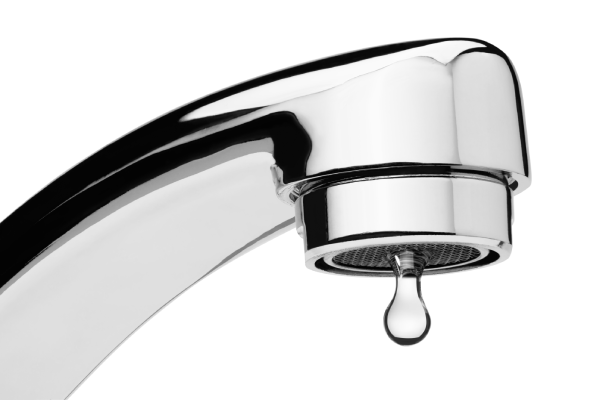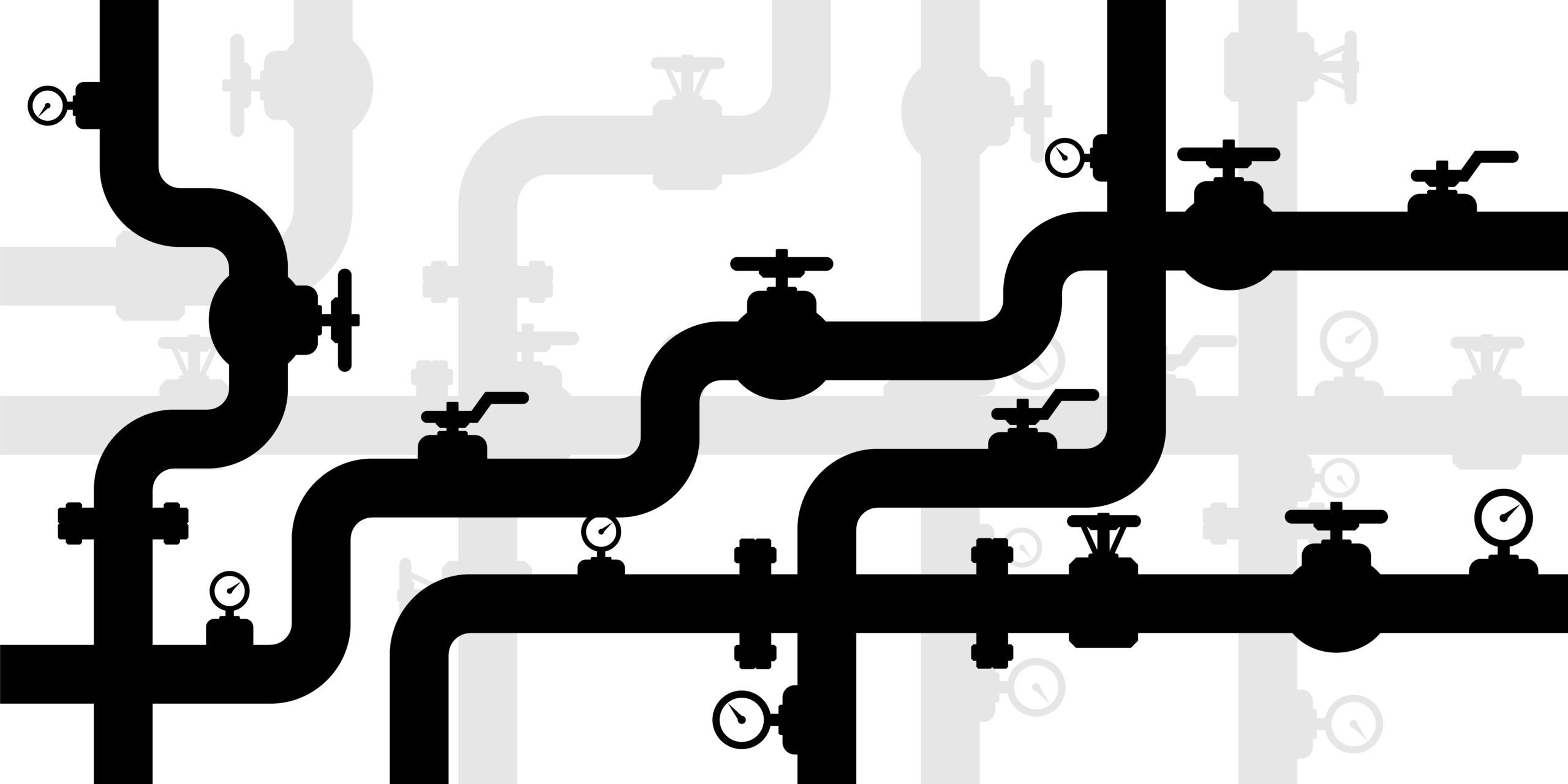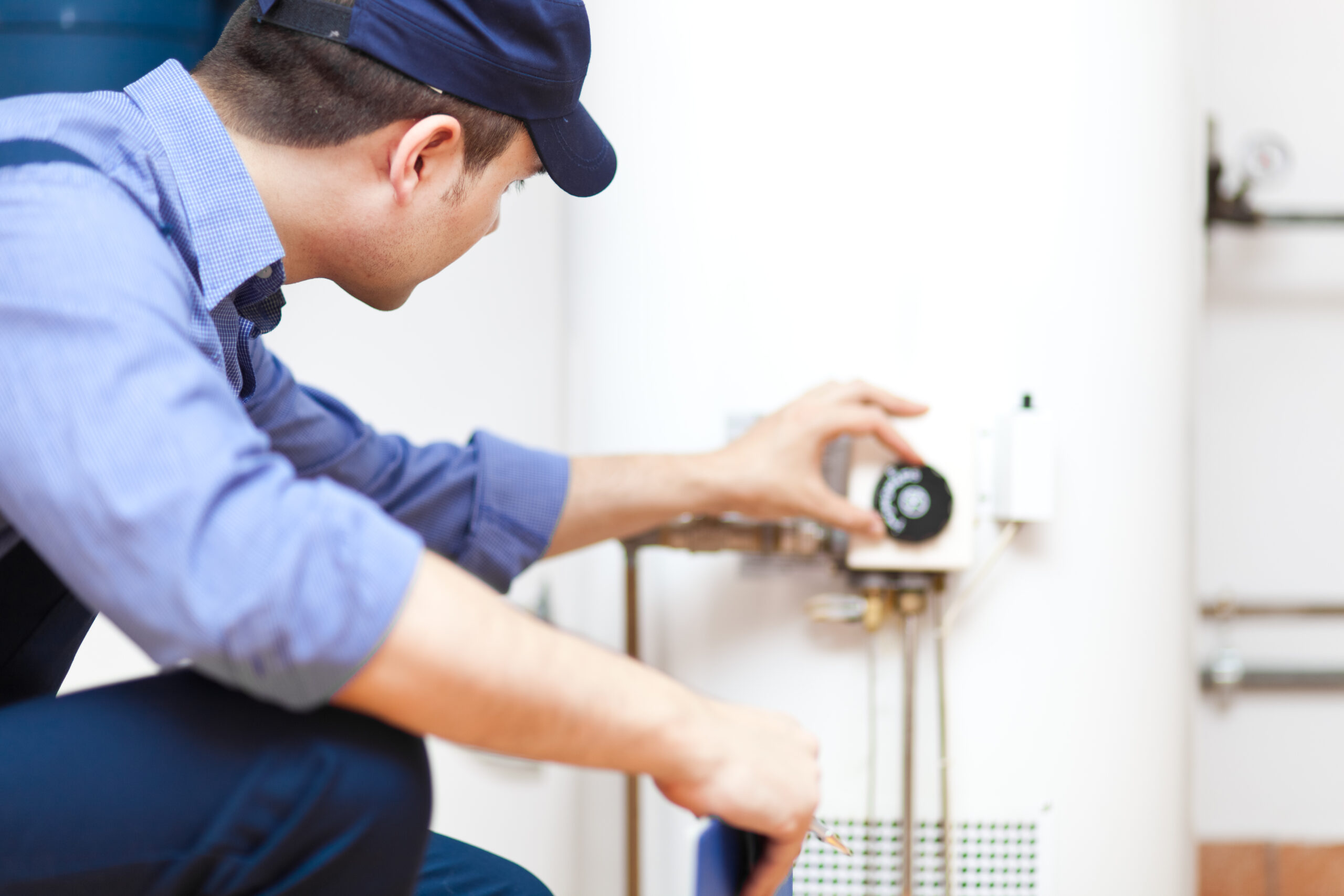Are you team Chiefs or 49ers? No matter who you are cheering for IT…

The average water pressure at your home’s inlet valve should be somewhere between 40-50 psi. When you get used to normal water pressure, it becomes pretty easy to notice even the slightest drop in the pressure. Water pressure issues can be quite frustrating. Faucets take longer to fill, the shower spray becomes insufficient, and your washing machine takes much longer to complete a cycle.
Fixing low water pressure in your home requires you first to identify the causes of the problem. This post will take an in-depth look at the most common culprits of low water pressure and how you can resolve them.
1. Problems With Your Water Supplier
The first step to take when the water pressure falls is to establish if the problem is in your home only or the entire neighborhood. If you realize that the problem in the entire neighborhood, then chances are the low-pressure problem is linked to your supplier. In such a case, inform your supplier and follow up to know if they’re working to resolve it. When the problem is with the water supplier, there is nothing much you can do other than wait until they resolve the issue.
2. Water Meter Valve Is Not Open Fully
The water meter valve is located next to the water meter close to where your home supply pipes connect to the city’s supply pipe. Normally this valve is used by the water company personnel and is the property of the company. If you suspect that the valve is not fully open, you should contact your water supplier to turn it on fully. That’s because it requires a special wrench to turn the valve, and you don’t want to tamper with the company’s property.
3. The Main Shutoff Valve Isn’t Fully Open
The house’s main shut-off valve is located inside the house. However, it may also be placed on the outside in regions with warm climatic conditions. A red wheel-like handle usually indicates this gate valve. Check to see that the valve is fully turned in the counterclockwise direction. Alternatively, your shutoff valve could be a ball-type valve controlled by a lever handle. Make sure that the lever is parallel to the pipe direction.
4. Failing Pressure Regulator
Some plumbing systems are equipped with a pressure regulator. The regulators are installed to check on the water pressure and maintain it at safe levels that will not damage your pipes. A failed pressure regulator can either cause a rise in water pressure to unsafe levels or reduce it to low levels. If you notice a sudden drop on all the fixtures in your home, check the regulator’s condition if you have one installed.
Changing a pressure regulator can be an easy task that you can do by yourself. However, having it changed by a professional plumber could be a better option. Replacing it requires that you shut off the water at the main shutoff valve first.
5. Clogged Pipes
Debris and minerals deposit build-up inside your pipes over time and can cause clogging. The water pressure drop in clogging pipes is not instantaneous, but eventually, you will notice that the water pressure is not quite as it used to be. In the worst cases of clogging, the pipes may get blocked completely if not fixed. A clog could be anywhere in your piping system, and you will need to contact a professional to identify the clog’s specific location and have it removed.
6. Corrosion Buildup
Your pipes can get corroded over time. If your piping system is old and you notice low water pressure, it is highly likely that it’s corroded and may need replacing. Most older homes have galvanized steel piping systems that begin to erode after about 20 years. Ideally, most of the corroded particles get washed out with the flow of water. However, that is not always the case. The corroded particles may build up, ultimately restricting the flow of water.
If you live in an older house or have just moved into one and are experiencing water pressure issues, corrosion build-up might be the culprit. In this case, contacting your plumbing professional to have your plumbing network checked is the best idea.
7. Leaking Pipes
Leaking pipes could be another reason your water pressure may be falling. Leaks can occur anywhere from the inside of the house to the outer pipe connecting your home to the city water supply. Leakages can be easy to identify.
Leaking water can wreak havoc in your home and also weaken your home’s foundation if it goes unchecked for long. Besides its effects on your house’s structural strength, leaks might also lead to contamination of your water. To temporarily fix leaking pipes, tie an elastic rubber band tightly around the leaking pipe as you contact your plumber for a more permanent solution.
However, a single leak may not significantly reduce the water pressure in your home unless there are other leaks that you haven’t noticed. Furthermore, the leak might be just one of the reasons why your water pressure is low.
8. Shared Pipeline
In shared pipelines, many households share a single connection to the city’s supply pipe. The effect of this sharing is that when your neighbor’s taps are running, your water pressure might go down. Your water meters may be separate, but one house’s water usage may affect the other household’s water pressure. This issue can be especially frustrating if there are many houses involved. If you find the situation unbearable, you should consider pipe separation. Contact your water supplier to have your inlet pipes separated, and that should solve your problem.
Final Thoughts
You only realize how significant water is in your household once you run into problems in your water supply. The worst-case can be when you have no water at all. However, even restricted water flow can be quite frustrating and can even rob you of the simple joys that come with a proper water supply. Low-pressure water flow can greatly affect your day-to-day activities like taking a shower, doing the dishes, or watering your garden or lawn. When you experience low water pressure, check to see if the solution to your problem is something you can handle. If not, contact a qualified plumbing contractor to look into your piping system and establish the causes of the water pressure problem in your home.
Are you facing low water pressure problems and are not sure where to start? IT Landes Home Service Team is here to help you. Our team of professionals can easily identify all your plumbing issues and resolve your water pressure issues. We have faithfully served the people of Montgomery and Bucks counties, MD, since 1929, providing them with high-quality and timely services.
Besides plumbing, we also offer home and commercial HVAC installations and maintenance services, commercial plumbing services, air conditioning services, air cleaning services, and heating solutions. Please feel free to contact us for further assistance, and we will be glad to serve you.



